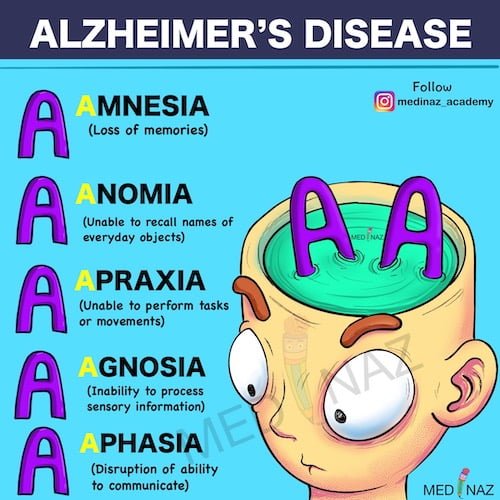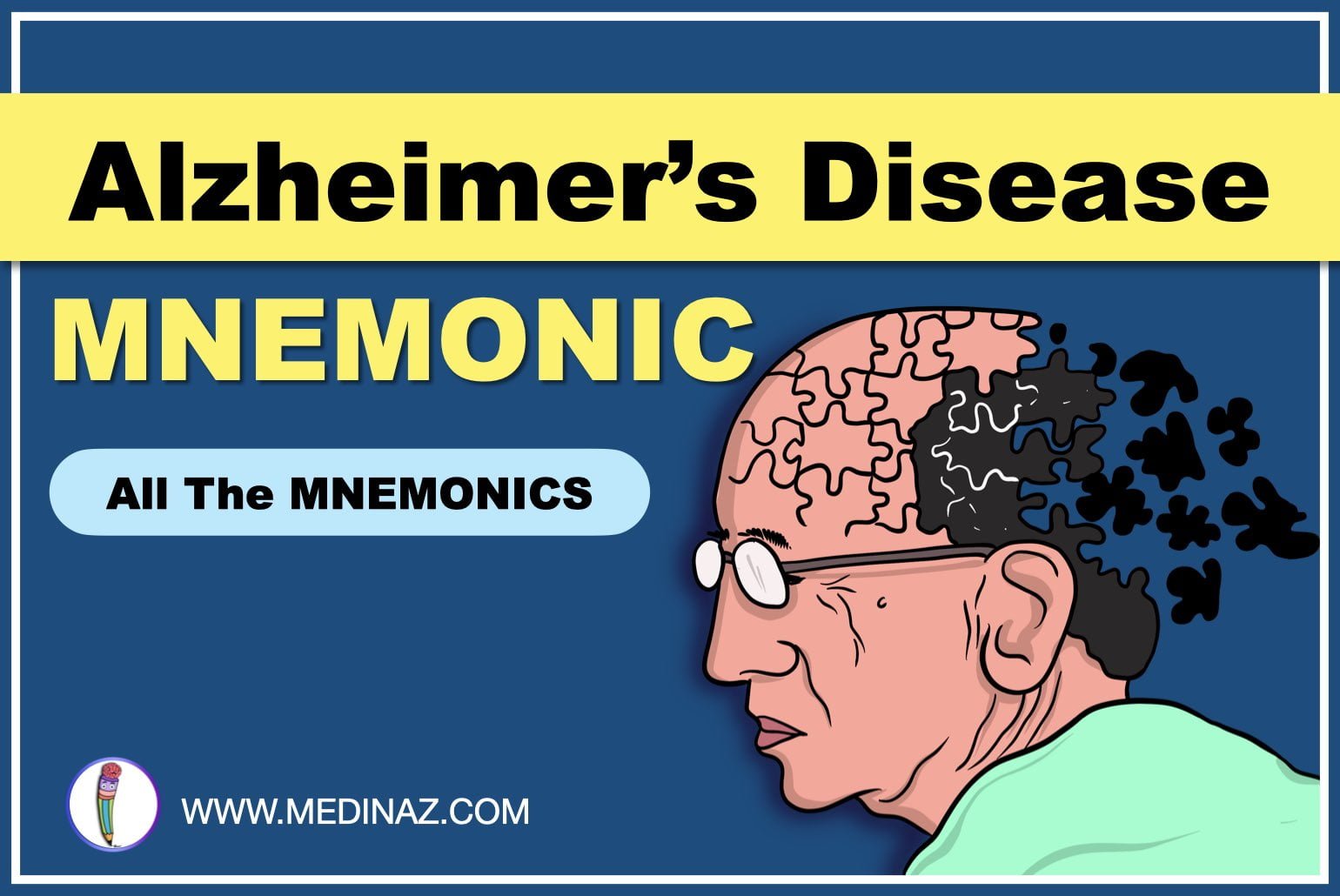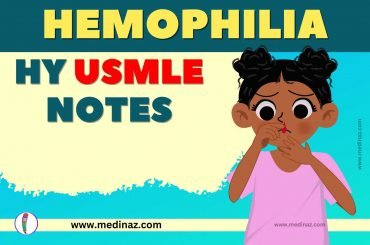Alzheimer’s Disease Mnemonic: Here all the mnemonics you need to know about Alzheimer’s Disease
What Is Alzheimer’s Disease?
Alzheimer’s disease is a brain disorder that slowly destroys memory and thinking skills and, eventually, the ability to carry out the simplest tasks. In most people with the disease — those with the late-onset type symptoms first appear in their mid-60s. Early-onset Alzheimer’s occurs between a person’s 30s and mid-60s and is very rare. Alzheimer’s disease is the most common cause of dementia among older adults.
Remember this mnemonic AD which will help you to memorise the association and findings of Alzheimer’s disease
Associations
Aluminium toxicity
Acetylcholine deficiencies
Amyloid B
Apolipoprotein gene E
Altered nucleus basalis of Meynert
Downs
Findings
Actin inclusions (Hirano bodies)
Atrophy of brain
Amyloid plaques
Aphasia , Apraxia, Agitation
DNA – coiled tangles
Dementia, Disoriented, Depressed
Here is an another Alzheimer’s disease mnemonic 5A
Here the mnemonic is 5A

Amnesia (Loss of memories)
Anomia (Unable to recall names of everyday objects)
Apraxia (Unable to perform tasks or movement)
Agnosia (Inability to process sensory information)
Aphasia (Disruption of ability to communicate)
Alzheimer’s disease: Common Characteristics can be remembered by this simple
Mnemonic: Alzheimer’s:
Anterograde amnesia is usually first sign
Life expectancy increase shows more cases in recent years
Zapped (loss of) acetylcholinergic neurons
Hereditary disease
Entire hippocampus becomes affected
Identified by neurofibrillary tangles
Mutation in amyloid genes associated w/ disease
Entorhinal areas degenerate first
Retrograde amnesia ultimately develops
Senile plaques are formed at synapse
Visit the Bookshop section of our website www.medinaz.com & install Medinaz App for Medinaz visual mnemonic & High-yield book. These books are specifically designed for medical, dental, nursing and pharmacy students.
A Visual Learning Platform





